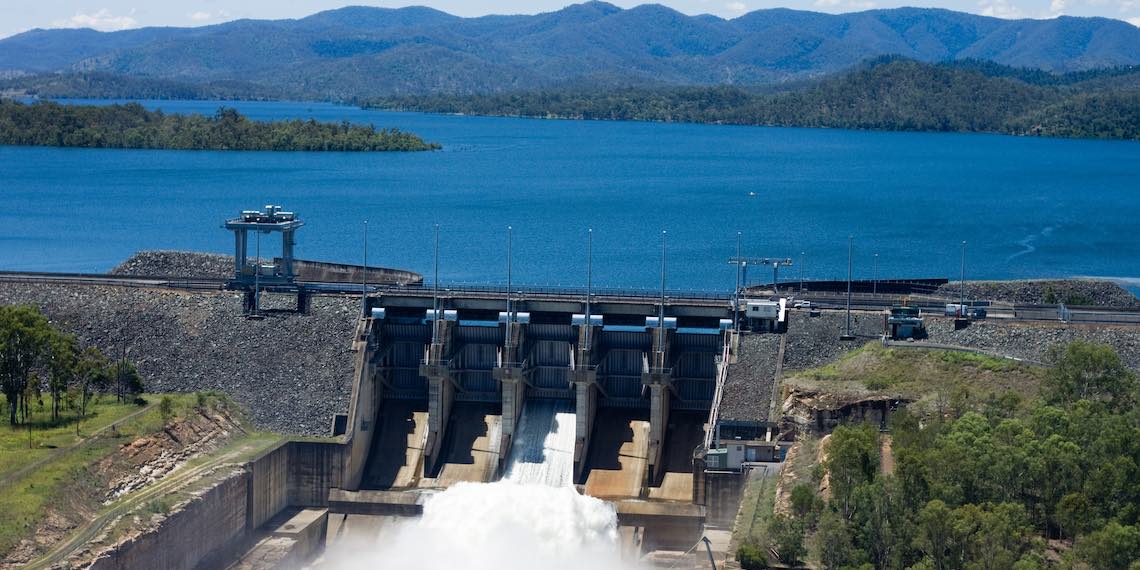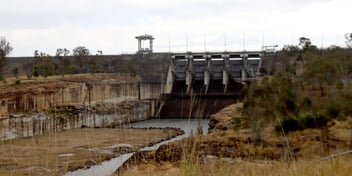Wivenhoe Dam revegetation to enhance south-east Queensland diversity

Former grazing land around Seqwater’s Wivenhoe Dam is undergoing one of the biggest revegetation projects in the region, with the planting of 153,000 trees over the next few years set to restore koala habitat and increase water quality in the catchment.
Supported by the Land Restoration Fund, Seqwater has partnered with environmental services company CO2 Australia to provide important habitat stepping stones into south-east Queensland’s largest diversity corridor.
The project also aims to improve soil condition and water quality, and increase an erosion buffer around south-east Queensland’s largest drinking water supply.
Seqwater CEO Neil Brennan said the regeneration of habitat around Wivenhoe Dam will help the utility achieve higher water quality, benefit wildlife and create more amenity for communities.
“Seqwater manages its land in drinking water catchments to protect water quality, enhance wildlife habitat and add to the recreational experience at our lakes,” he said.
“Our partnership with DES and CO2 Australia to deliver the Land Restoration Fund pilot on 170 hectares of land owned by Seqwater will help us work towards achieving these outcomes.
“We are excited to be part of this collaboration that has seen thousands of koala trees be planted around Lake Wivenhoe.”
Connecting existing bushland
The trees planted include eucalypts, like Queensland blue gum, ironbarks, bloodwoods and grey gums, as well as rough-barked apple, river she-oak, and black tea-tree, which will also support threatened species, such as the glossy black cockatoo, the squatter pigeon (southern) and red goshawk.
Planting sites have been strategically selected to maximise the connectivity between existing remnants of untouched bushland.
CO2 Australia CEO Aaron Soanes said the company is proud to be delivering the project, which demonstrates the benefits of the Land Restoration Fund.
“We are also thrilled that this project is the first to be registered under the Accounting for Nature framework that will allow measurement of actual biodiversity co-benefits,” he said.
“The identification of the site as a priority for revegetation was the result of WWF Australia’s excellent work in koala conservation.”

